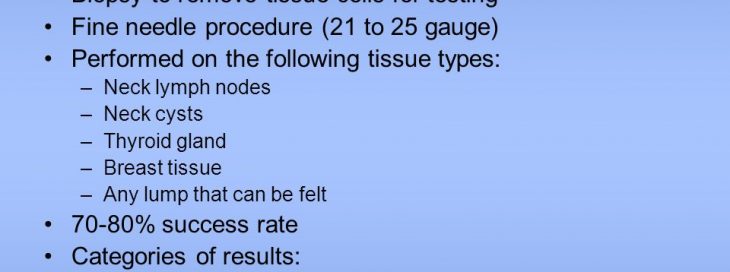“Comparing Fine Needle Aspiration and Biopsy for Diagnosing Cutaneous Leishmaniasis: A Study from 2007”
The study conducted by Dr. Ikramullah Khan and Rifat Yasmin aimed to evaluate the diagnostic value of fine needle aspiration (FNA) and compare it with full thickness biopsy in diagnosing cutaneous leishmaniasis (CL). They conducted the study at the Department of Dermatology at Pakistan Institute of Medical Sciences, Islamabad, from June 1st, 2007 to July 31st, 2007.
Background and Introduction:
Protozoal species and subspecies of the genus Leishmania cause leishmaniasis, a major health concern in tropical and subtropical regions. Certain areas of Pakistan are endemic for cutaneous leishmaniasis (CL). The disease’s clinical diagnosis can be challenging due to disease mimics, making pathological confirmation essential before treatment initiation. The gold standard diagnostic method involves histopathological examination of biopsy specimens to demonstrate Leishman-Donovan (LD) bodies. However, this approach has limitations, particularly when biopsy is impractical due to factors like location or scarring risk.
Methods:
The study enrolled 15 patients aged 15 years or older, primarily from Islamabad and Azad Kashmir, who exhibited clinical features indicative of cutaneous leishmaniasis. The researchers performed fine needle aspiration (FNA) in aseptic conditions without local anesthesia, followed by a full thickness biopsy from the same lesion. The diagnosis relied on identifying giant cells or Leishman-Donovan bodies through FNA. They then compared the sensitivity of FNA with that of biopsy.
Results:
Among the 15 patients, 12 (80%) had positive FNA results, while 3 (20%) tested negative. Biopsy specimens from 14 out of 15 patients (93.3%) exhibited typical histopathological features of cutaneous leishmaniasis. However, one case turned out to be a ruptured inclusion cyst. Among the negative FNA cases, one was identified as a ruptured inclusion cyst. The diagnostic rate for FNA stood at 80%, compared to 93.3% for biopsy.
Conclusion:
The researchers concluded that fine needle aspiration (FNA) serves as a reasonably good diagnostic modality for cutaneous leishmaniasis. FNA’s advantages lie in its simplicity, patient acceptance, lack of scarring risk, cost-effectiveness, and swift results. This proves especially beneficial in areas where expert pathologists are scarce. Furthermore, FNA’s sensitivity is comparable to that of full thickness biopsy.
Limitations:
- The study’s sample size is small, comprising only 15 patients.
- The study lacks discussion on the follow-up period and treatment outcomes.
- Factors such as lesion location and size could influence the comparison between FNA and biopsy.
- The study lacks long-term data on FNA’s reliability in diagnosing CL.
- The conclusions are based on a single study site and specific timeframe.
- Potential variations in diagnostic expertise among different pathologists were not considered.
To comprehensively assess FNA’s reliability in diagnosing cutaneous leishmaniasis, larger-scale studies involving multiple centers and longer follow-up periods are warranted.

